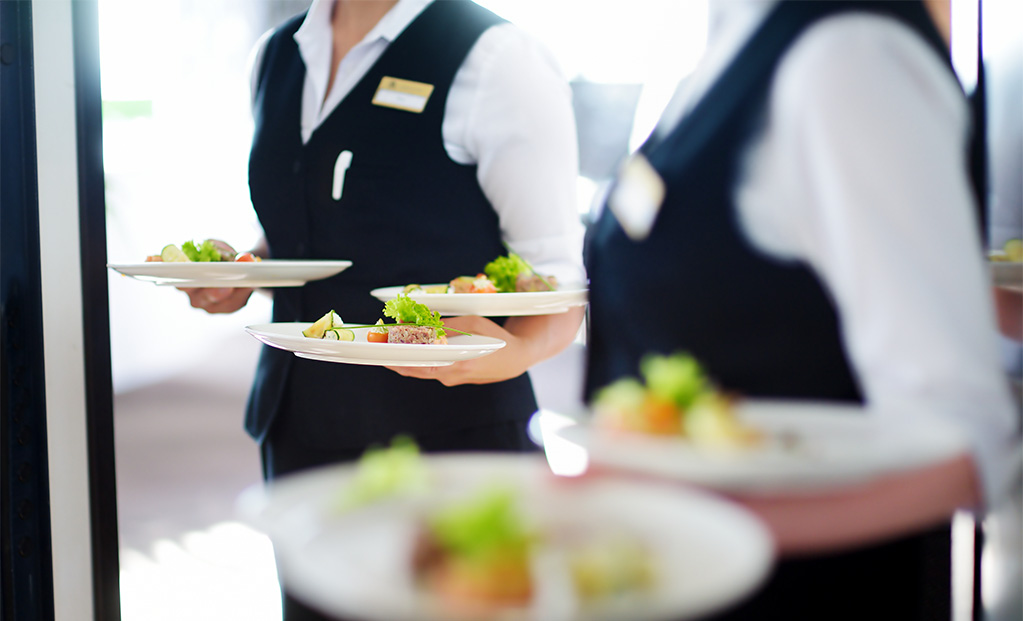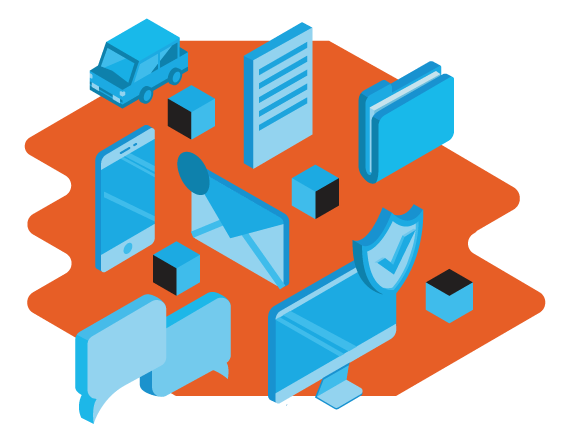Reduce Restaurant Workers’ Comp Claims with this Easy Checklist
Workplace injuries can happen anytime and anyplace, especially in a restaurant. Job injuries and sicknesses don’t only affect those who might be injured but can also lead to other potential problems and expenses for your business. They can also lead to higher worker’s comp insurance premiums, fees, and productivity issues.
It is of the most crucial importance to create a safe culture in your restaurant. Training your managers and team members to adopt a safer and better working environment for everyone involved will make a world of difference and can save you time and money in the long run.
Here’s a simple checklist to help you reduce restaurant workers’ comp claims at your business:
On Safety Equipment
- Inspect and place fire extinguishers in important locations.
- Treat common injuries and cuts with a freshly stocked first-aid cabinet.
- Only wear closed-toe and slip-resistant footwear.
- Employees should wear eye protection and cut-resistant gloves whenever possible.
On Floors and Walkways
- Floors, hallways, and stairs need to be free of obstructions.
- Spills need to be cleaned up immediately.
- If the floor is slippery, put up a warning sign.
- Don’t forget to place anti-skid rubber plastic mats below and around the sink areas, stoves and dishwashers. Replace them when they are worn out or damaged.
- Always close cabinet doors.
- Lighting should be bright in both the back and front of the house so workers can see what they are doing.
- Promptly clean up any broken glass with a broom and gloves.

Appliances and Utensils
- Periodically check any electrical wires for breakage, exposure, or damage, and keep water away.
- Knives should always be stored appropriately to prevent damage and prevent accidents.
- Store knives in a safe place.
- Never attempt to catch a falling knife!
- Talking about knives, don’t leave them soaking in water.
- Protective equipment should be used in slicing tools.
- When handling hot objects, use a mitten or towel.
- Don’t place any objects or hot pots/pans on the edges.
- Always keep equipment and tools clean to prevent grease build-up.
- Don’t reach across hot surfaces.
- Hot oils and grease should never be left unattended.
- Put signs up when surfaces are unexpectedly hot.
- Grease fires need to be put out with a metal lid, and turning off the heat source—never use water.
Preventing Muscle Injuries
- Lift with your legs, not your back.
- While lifting, don’t attempt awkward positions such as twisting yourself.
- If it’s more than 50 pounds, use two people and tools such as trucks and dollies to assist.
- Push don’t pull carts.
- Frequent breaks when cutting ingredients is essential.
When Storing Chemicals
- All chemicals and cleaning products should be stored away from heat and food.
- Place safety information in the workplace to educate and ensure employees on each chemical being used.
When Training
- Offer safety training regularly and for every new employee during orientation. A session should include identifying potential hazards, accident prevention, and accident response.
- Hold a training session whenever you introduce new equipment, procedures, substances, etc.
- In a multilingual and diverse learning environment, train your team members in a way that they will understand.
At the end of the day, proper training in safety procedures can save your business money and prevent risks in the workplace. You need to make sure your staff is educated on these procedures and that if the unexpected happens, they are prepared. This also means you need certain insurance policies included in your commercial package so that all parties are protected if an accident does happen.

